Fire scientists say New Zealand wildfires will increase in frequency and severity, and they are concerned that many people are underprepared.
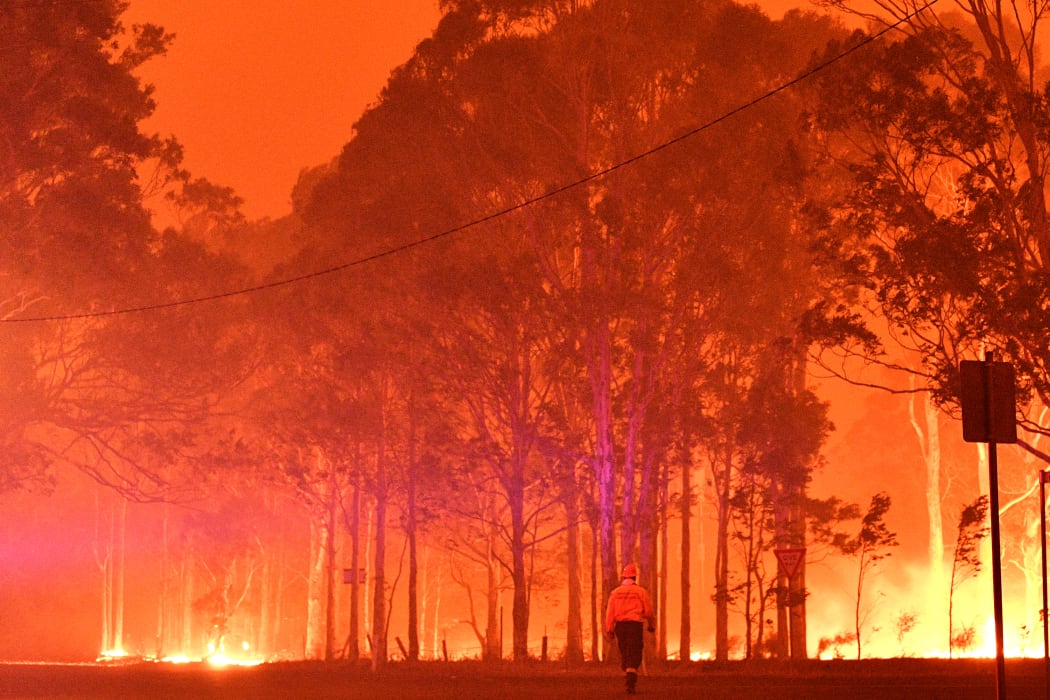
Photo: AFP
Subscribe to Our Changing World for free on Apple Podcasts, Spotify, Stitcher, iHeartRADIO, Google Podcasts, RadioPublic or wherever you listen to your podcasts
When you look at images of the giant fires which have swept across Australia this summer, you’re looking at what scientists call “Extreme Fire Behaviour”.
Normal bushfires usually travel through the undergrowth. They burn scrub and leaf litter, and scorch the trunks of trees.
Extreme Fire Behaviour is very different: walls of flame engulf entire trees, superheated air currents create fiery tornadoes called fire whirls and loft burning embers hundreds of meters to start new blazes downwind.
These kinds of fires are often impossible to extinguish using conventional tactics. Sometimes the best that can be done is to protect a few key locations and evacuate everywhere else.
New Zealand has sometimes seen itself as immune to this kind of fire, but that’s a potentially deadly mistake.
“We need to be concerned that our communities do not think that wildfires occur in Australia and not our own country,” says Lisa Langer, lead social scientist at the Scion Rural Fire Research Group.
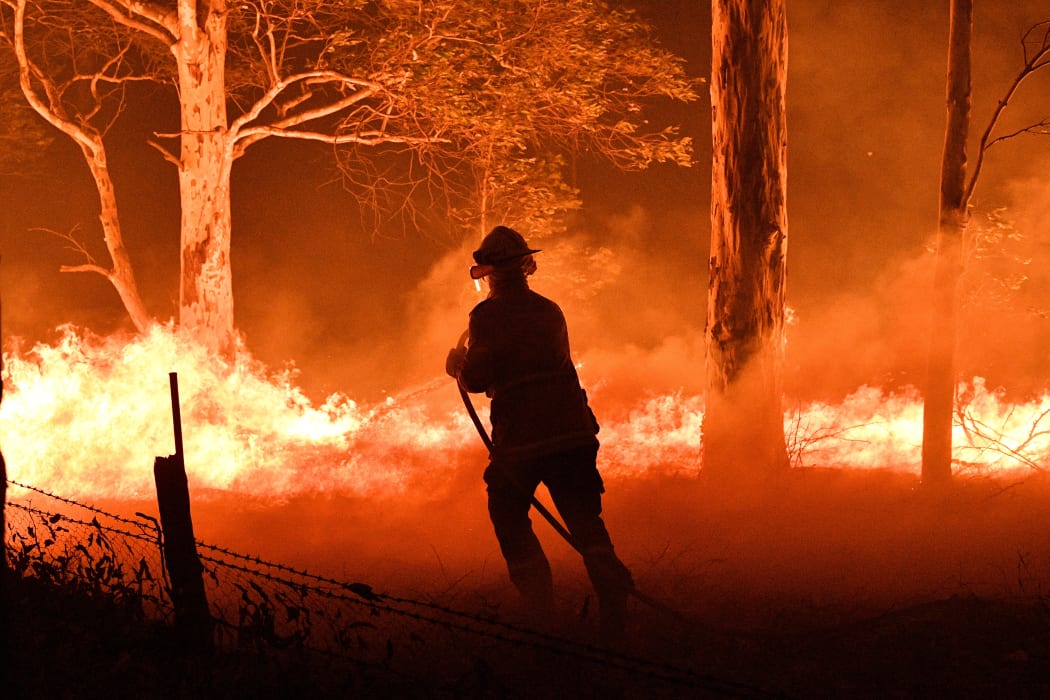
Photo: AFP
Closer to home
You may have missed it, but at the exact same time as the blazes in Australia were reaching their peak, New Zealand also saw one of its biggest wildfires in 20 years.
“This was a big tussock fire near Dunedin,” says Grant Pearce, senior fire scientist in the Scion Rural Fire Research Group.
“It burned more than five thousand hectares … burned for multiple days and involved large numbers of firefighting resources.”
We also saw extreme fire behaviour in the 2017 Port Hills Fire and the 2019 Pigeon Valley Fire near Nelson.
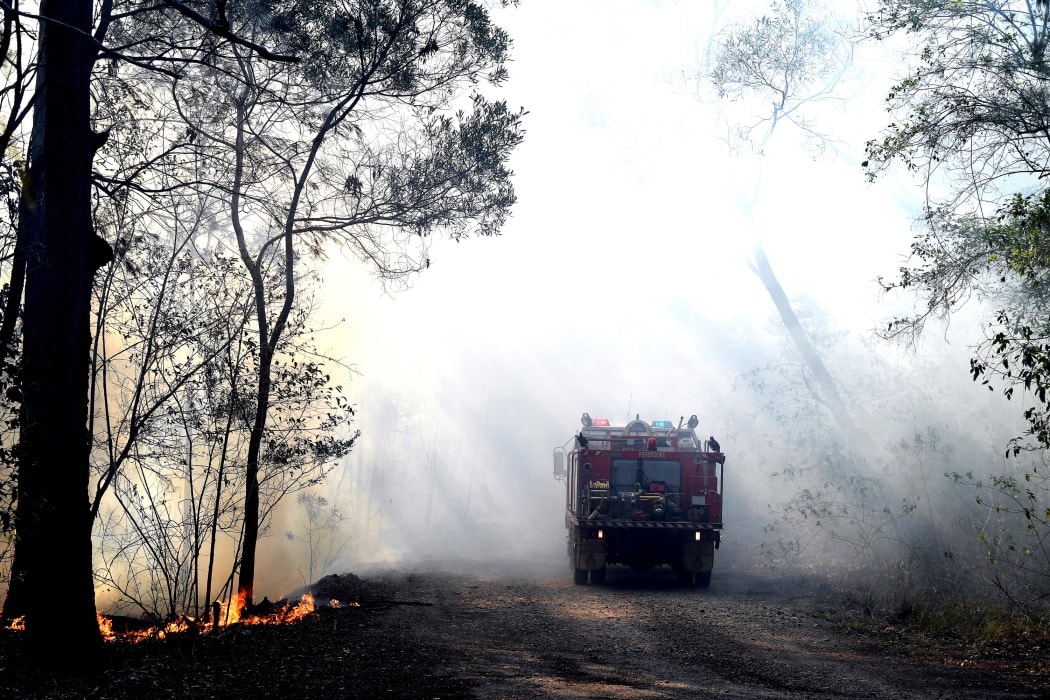
Photo: AFP
Grant Pearce says we can expect to see more of these kinds of fires due to climate change.
“We’re going to see increasing temperatures, changing rainfall patterns with less rainfall in eastern parts of the country and also stronger westerly winds with potentially lower humidity. So you combine all of those effects and that means we will see increased fire danger in many parts of the country.”
Currently the regions most at risk of wildfire are Northland and the top of the South Island; both of these areas are likely to see more frequent and more intense wildfires in the future.
But Grant Pearce says the biggest jump in fire danger is likely to be in places which have not typically seen large bushfires in the past, including northern and coastal Otago, Wairarapa and Whanganui.
“We could see a doubling or even trebling of the number of severe fire weather days [in those areas],” he explains.
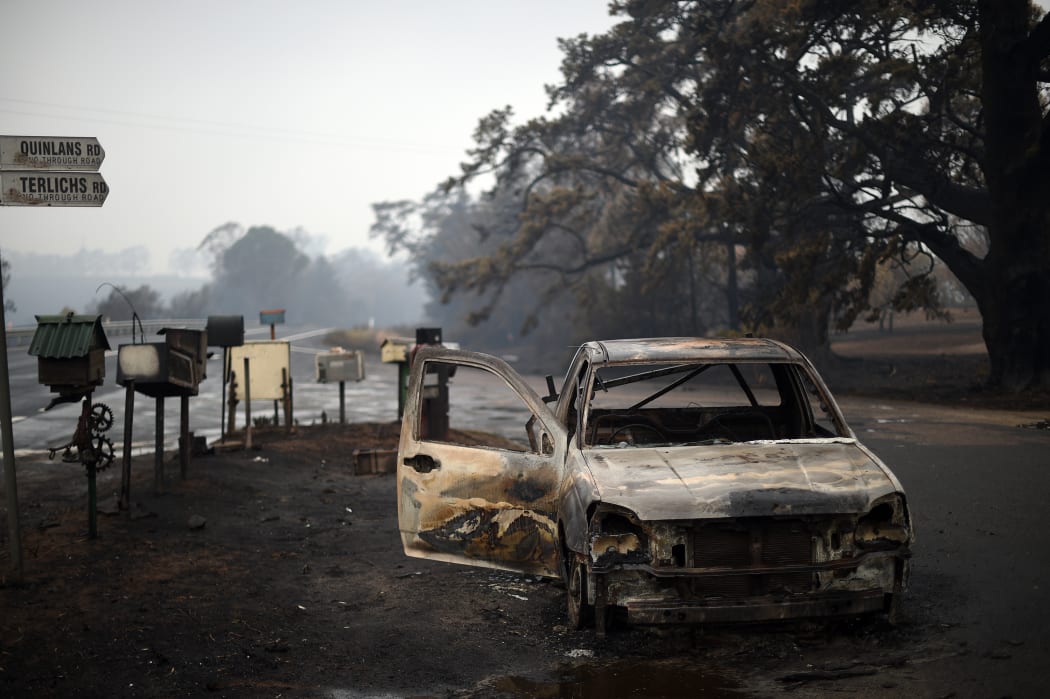
Photo: SAEED KHAN / AFP
Fire preparedness
Another fire researcher at Scion, Dr Tara Strand, says many New Zealanders are underprepared for the risk of wildfire. She says this is particularly so for those in suburban or lifestyle properties near the rural/urban boundary.
“There is still the mentality that ‘if [a wildfire] enters the suburban environment I have faith the fire trucks will come and put it out’.”
Tara Strand says that this attitude has contributed to several deaths in wildfires overseas, where firefighters were unable to contain a wildfire and people failed to evacuate quickly enough.
Lisa Langer has been researching the awareness of fire danger in these at-risk communities.
“There are two things. There’s the awareness [of risk], but then there’s also the question of whether the awareness turns into preparing for the fire.”
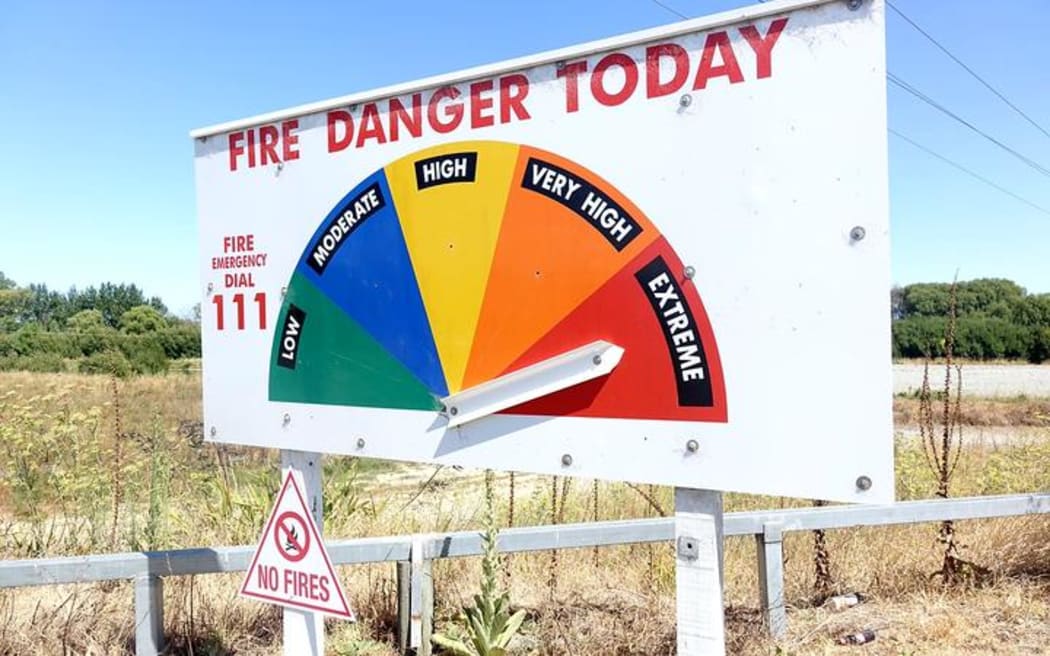
Photo: supplied
Limitations of current fire danger signs
Lisa Langer says traditional wildfire messages have focused on alerting the community to the risk through rainbow-coloured fire danger signs and encouraging people to call 111 if they see smoke or flame. But her research has found that these tactics have their limitations.
“People understood there was an increase in danger as the arrow moved from left to right. But in terms of how they should respond and what behaviour they should undertake, that’s where difficulties lay,” she explains.
Lisa Langer says part of the problem is that people didn’t know at what point on the scale they should stop doing potentially risky things like lighting campfires or preparing hangi. Also, they struggled to understand how much the risk of fire was increasing by between each level.
“It’s not a linear scale, it’s probably more of an exponential scale,” says Grant Pearce. “As the fire danger level increases, the potential severity and consequences increase dramatically.”

Photo: AFP
Listen to the full Our Changing World podcast to hear how New Zealand scientists are working to improve the modelling of wildfires, and how Mātauranga Māori can be harnessed to reduce the risk of wildfire.
Fire stories from the archives
Wilding pines go up in flames in name of science
Firing up the plant barbecue
Testing building materials for fire resistance
Fire research at Scion
The maths of spontaneous combustion

